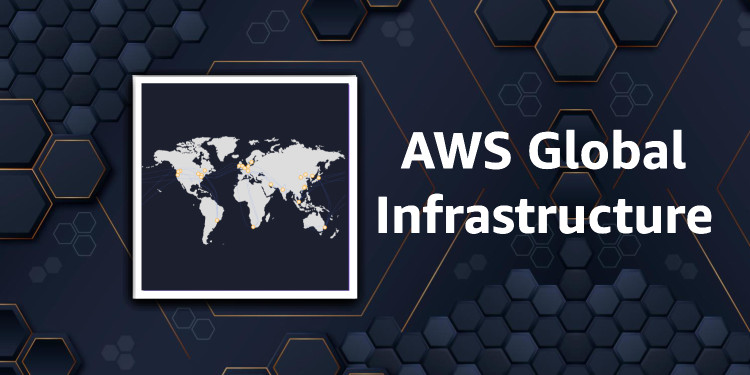1. What is AWS Global Infrastructure?
AWS Global Infrastructure is the physical and logical network of data centers that host AWS services worldwide. It is designed to provide high availability, low latency, fault tolerance, and disaster recovery.
The infrastructure is organized into several key components:
Local Zones and Wavelength Zones
Regions
Availability Zones (AZs)
Edge Locations
2. AWS Regions
A Region is a geographical area where AWS has multiple data centers. Each region is isolated from others to provide fault tolerance and compliance with data residency requirements.
Key points about Regions:
- Each Region has a unique name (e.g.,
us-east-1for Northern Virginia,ap-south-1for Mumbai). - Regions are completely independent; resources in one region do not automatically replicate to another.
- Choosing the right region impacts latency, cost, and compliance.
Example: If your users are mostly in India, you might choose the ap-south-1 region for low latency.
3. Availability Zones (AZs)
An Availability Zone (AZ) is a data center (or a group of data centers) within a region that is isolated from failures in other AZs.
Key points about AZs:
- Each AZ has independent power, networking, and cooling.
- Regions typically have 2 to 6 AZs.
- AZs are connected with high-speed, low-latency links, allowing replication of data and applications across AZs.
- Deploying applications across multiple AZs improves high availability and fault tolerance.
Example: If an EC2 instance in one AZ fails, traffic can automatically switch to instances in another AZ.
4. Edge Locations
Edge locations are part of AWS’s Content Delivery Network (CDN) called Amazon CloudFront.
Key points about Edge Locations:
- Located globally, closer to end users.
- Cache content like images, videos, and static files to reduce latency.
- Not for running compute workloads; primarily used for data delivery and caching.
5. Local Zones and Wavelength Zones
- Local Zones: Bring AWS services closer to large population centers for ultra-low latency applications.
- Wavelength Zones: Extend AWS infrastructure to telecom networks, enabling low-latency applications for 5G devices.
6. How AWS Global Infrastructure Helps
- Low Latency: Users access services from the nearest region or edge location.
- High Availability: Applications can run across multiple AZs to prevent downtime.
- Fault Tolerance & Disaster Recovery: Replication across AZs and regions ensures business continuity.
- Scalability: Easily scale applications globally without worrying about underlying hardware.
- Compliance: Some industries require data to remain in a specific country or region; AWS regions help meet these requirements.
Final Thoughts
AWS’s global infrastructure is designed for speed, reliability, and resilience. Understanding Regions, Availability Zones, Edge Locations, and other components helps you architect cloud applications that are highly available, fault-tolerant, and optimized for performance.
By leveraging the global infrastructure correctly, businesses can deliver fast, reliable, and scalable applications to users anywhere in the world.
Want to know more about AWS Global Infrastructure? Watch Here

